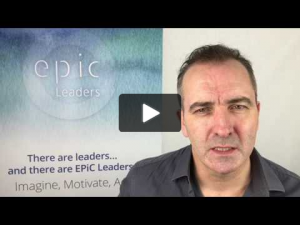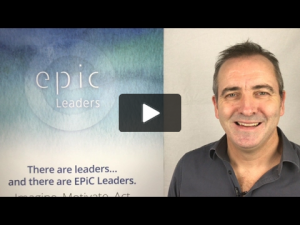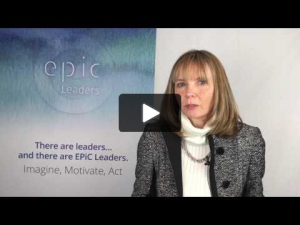

 ‘I paused and thought for a moment – rather than joining the masses, what about if I did the opposite?…’
‘I paused and thought for a moment – rather than joining the masses, what about if I did the opposite?…’
I start with a story.
When I was young and naive, I remember being coerced into going up to London for the January Sales, when the January Sales started on Boxing Day, and not in September.
That was my first mistake.
I remember queuing outside Selfridges in the freezing cold in London’s Oxford Street and then the doors burst open like an overripe haggis and we all fell into the warm and fuzzy madness that some people get rather excited about. Amongst the carnage, all sense of courtesy and patience was lost in the buying frenzy that ensued.
People were pushing and shoving at each other and at the shop assistants as they clamoured for help to make their purchase and get back to their homes for the Boxing Day snoozathon. The poor shop assistants were bewildered and buffeted by the hordes and I had no hope of gaining the attention of anyone, having miraculously found a pair of jeans that were heavily reduced. I attempted to join the scrum but there were far more determined shoppers than I.
I paused and thought for a moment – rather than joining the masses, what about if I did the opposite? What effect might this have? So I calmly and deliberately retreated to the edge of the scrum and stood, stock still, holding my jeans in one hand and fixing my gaze on one of the shop assistants.
‘Be patient’ I told myself ‘sustain your gaze’ and within a short period of time the shop assistant returned my gaze. Like a scene out of West Side Story, we walked towards each other while the mayhem continued and eventually we stood face to face. ‘Can I help you sir?’, she purred. ‘yes could I buy these jeans?’. ‘Certainly sir; that will be £5 please’.
Translating this story into the world of communication, it points at 3 elements that can help you draw the attention of your audience:
1. Do the opposite of whatever is happening around you. This immediately creates a counterpoint and will guarantee that you draw the attention of your audience.
2. Sustain the action. Hold it for as long as you dare. This will draw the flow of attention to you, minimising all that is going on around you.
3. Be at ease. Conduct the whole action with a feeling of ease, breathing in synchronisation with your actions. Good luck!
To find out more about how to be an EPiC leader, click here to arrange a conversation with one of our Consultants or call us on 00 44 1932 888 885.

















